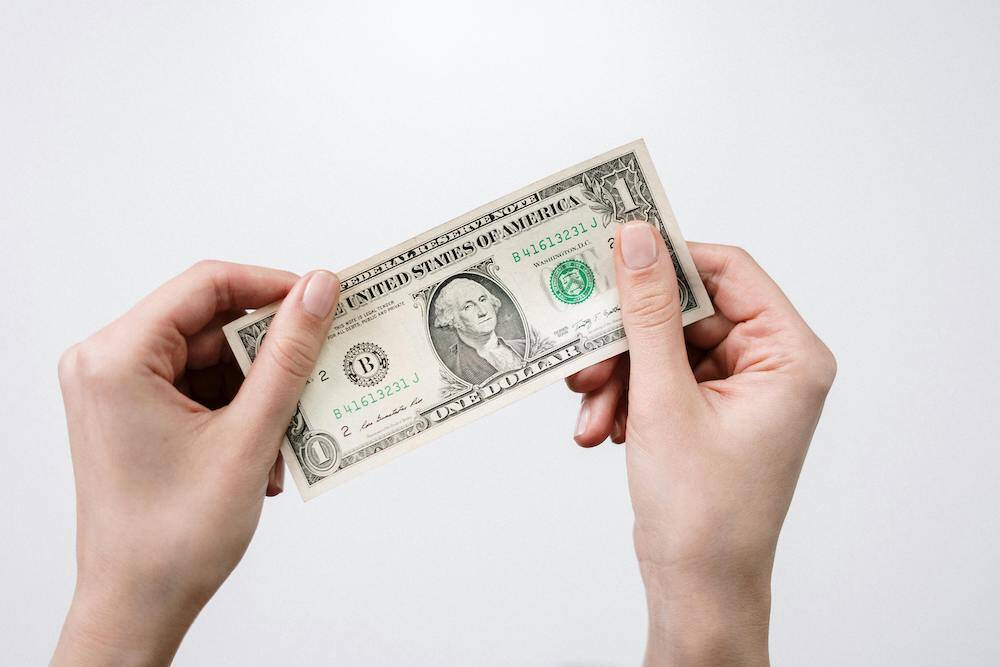"Unexpected expenses are the rule, not the exception." That’s a reality most financial experts agree on. Car breakdowns, medical bills, sudden job loss—they all strike when you least expect them. And if you’re not prepared? Financial stress can hit even harder than the emergency itself.
Related Page: IS A HIGH INTEREST CHECKING ACCOUNT RIGHT FOR ME?
An emergency fund is your first line of defense. It’s your financial safety net, designed to catch you when life throws a curveball. But where should you keep it? Should you go with the easy-access savings account or lock in a higher rate with a certificate of deposit (CD)?
This decision isn’t as simple as it seems. Each option has pros and cons that could make or break your emergency fund strategy. Let’s dive deep and figure out what’s best for you.
What an Emergency Fund Should Do for You
Before we talk about where to put your emergency savings, let's define what it needs to do:
1. Be accessible
You should be able to get to your money quickly, ideally within a day or two.
2. Be safe
This is not investment money. It should be low-risk, not subject to market fluctuations.
3. Hold its value
While inflation is a factor, your emergency fund should at least maintain its purchasing power.
4. Be separate
This isn’t your vacation fund or your "fun money." It should be dedicated strictly to emergencies.
Now that we know the job of an emergency fund, let's compare savings accounts and CDs to see which one fits best.
The Case for a Savings Account
A high-yield savings account is the go-to option for most emergency funds.
Here’s why:
Pros of a Savings Account:
✅ Immediate Access
Need the money tomorrow? No problem. Most savings accounts let you transfer funds instantly.
✅ No Penalties
Unlike a CD, you won’t get penalized for withdrawing your money before a set period.
✅ Flexibility
You can add or withdraw money whenever you need to.
✅ FDIC Insurance
If your account is with an FDIC-insured bank, your money is protected up to $250,000.
Cons of a Savings Account:
❌ Lower Interest Rates (Generally)
Even high-yield savings accounts tend to have lower interest rates than CDs.
❌ Easy to Dip Into
Having easy access to your emergency fund is great—but it also means it’s easier to spend it on non-emergencies.
A savings account is a great option if you value liquidity above all else. But what if you want to earn more interest?
The Case for a Certificate of Deposit (CD)
A certificate of deposit (CD) locks in your money for a fixed term in exchange for a higher interest rate. Here’s how it stacks up.
Pros of a CD:
✅ Higher Interest Rates (Generally)
CDs typically offer better rates than savings accounts, especially for longer terms.
✅ Encourages Discipline
Since withdrawing early results in a penalty, you’ll be less tempted to touch the money for non-emergencies.
✅ FDIC Insured
Like savings accounts, CDs at insured banks protect your funds up to $250,000.
Cons of a CD:
❌ Limited Access
Need cash before the term ends? You’ll likely face an early withdrawal penalty, often losing several months’ worth of interest.
❌ No Additional Deposits
You can’t add to a CD once you’ve opened it. Your emergency fund needs to grow, which means opening multiple CDs or setting aside funds elsewhere.
CDs make sense if you want to maximize interest but can afford to keep some of your emergency fund locked up.
Best of Both Worlds: The Hybrid Strategy
You don’t have to pick just one! Many savvy savers use a hybrid approach:
- Keep 3 months' worth of expenses in a high-yield savings account for immediate emergencies.
- Put the rest in a CD ladder—spreading your money across CDs with different maturity dates so you always have some funds becoming available.
This way, you get both accessibility and higher interest earnings.
Final Verdict: What’s Right for You?
- If you need immediate access: A savings account is your best bet.
- If you want better interest and can lock away some funds: A CD (or CD ladder) could be a good supplement.
- If you want balance: A hybrid approach gives you liquidity and growth.
The key is understanding your financial situation and choosing the option that best aligns with your emergency fund goals. No matter where you put your money, the most important thing is having it ready when you need it.
Now, take action! Review your savings strategy, check the interest rates available, and make a plan to safeguard your future. Life is unpredictable—but your emergency fund doesn’t have to be.



